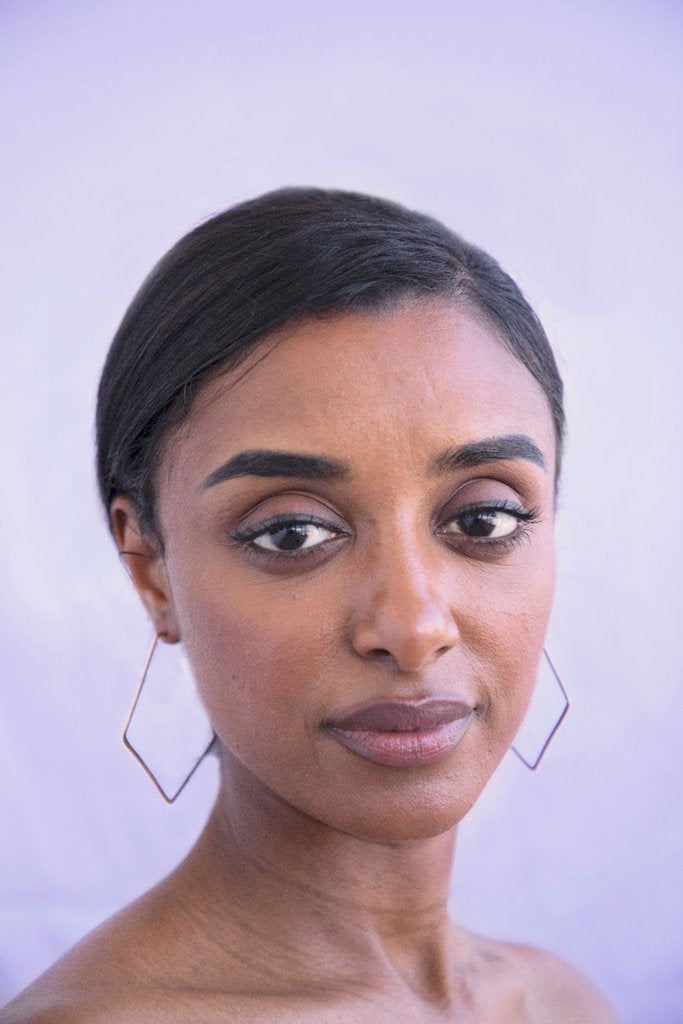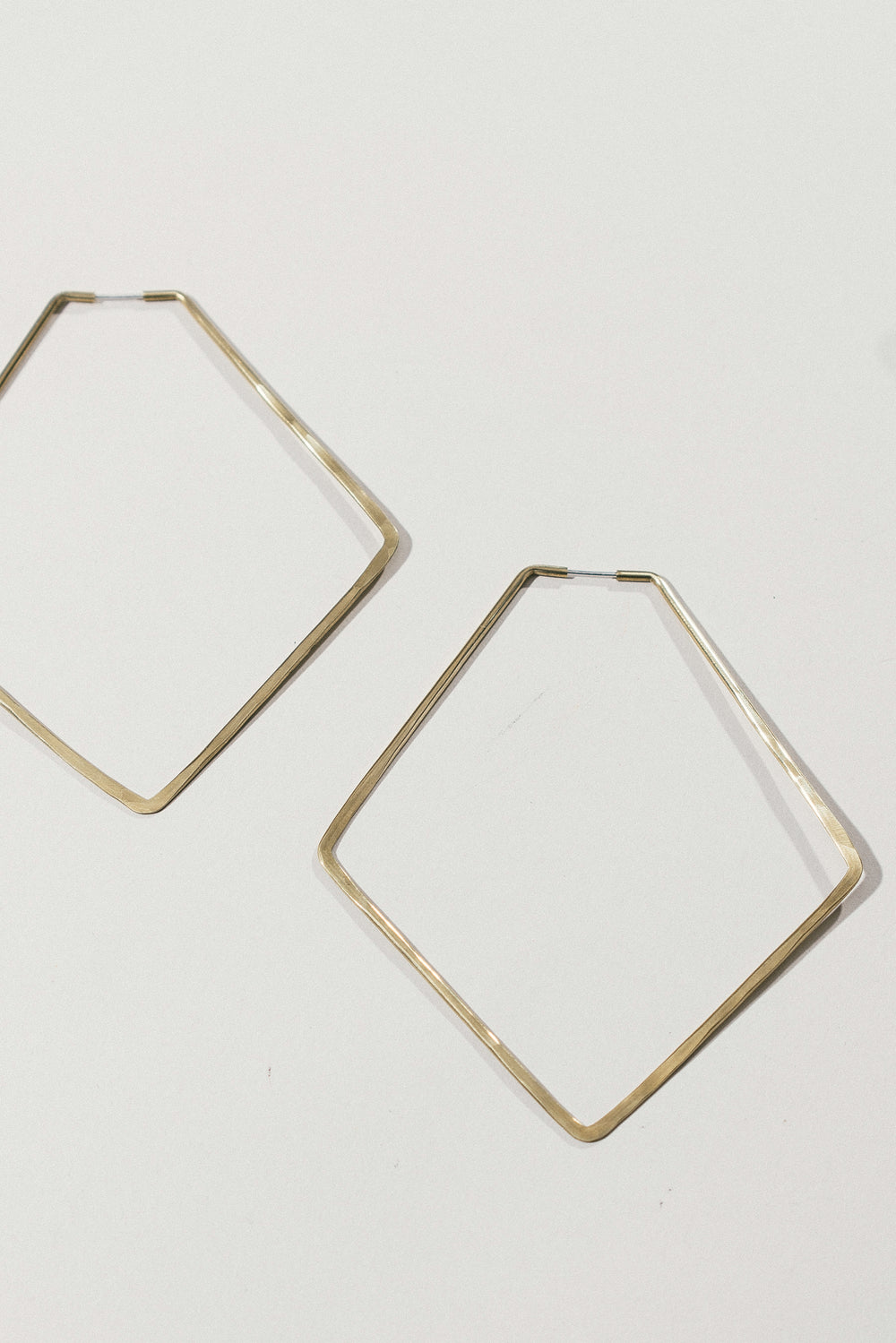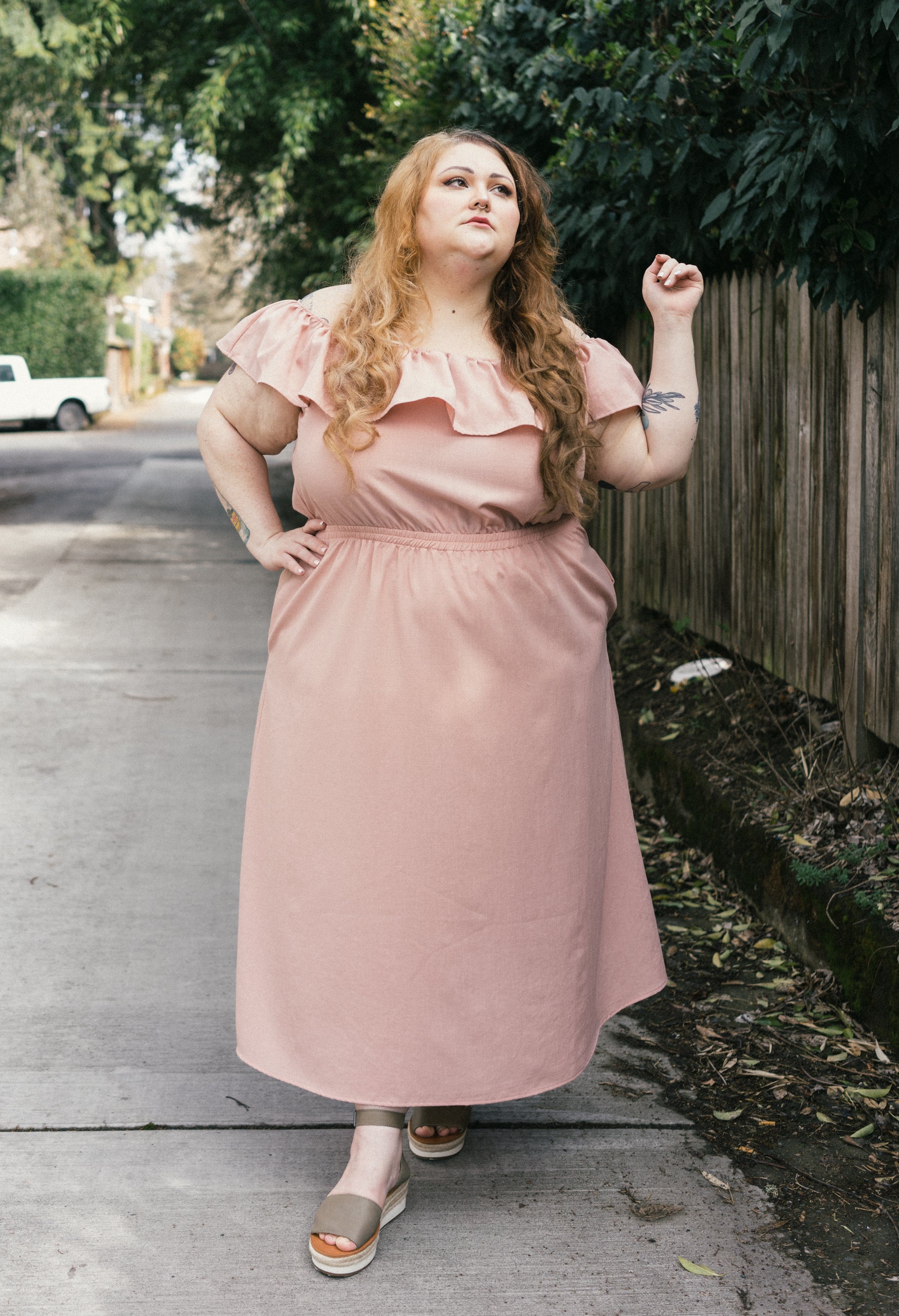Talking Trash!
If you have ordered from us recently, you’ll notice that a number of our styles are favoring two major approaches to production: made-to-order and zero-waste. While we have always integrated these methods into our apparel, we have started to proliferate them into more of our commonly made styles, such as jumpsuits, swimsuits, certain dress styles, and pant styles– which we had previously produced in volume to have back-stock at all times.
I know this slows down our ordering process a tiny bit - some items can take up to 14 days to make from start to finish. Both with the brands that we carry who offer made-to-order as well as our own apparel that we produce, we’d like to discuss the reasons that this approach is a part of creating a more sustainable relationship with apparel manufacturing.
Before I dive into the benefits of MTO (made-to-order) and OOAK (one-of-a-kind) Zero-Waste production methods, I’d like to share a few cogent facts (source: medium.com, authored by Svetlana Tonevitskaya):
-
The world disposes 75% of textiles waste annually due to the absence of viable recycling strategies.
-
87% of all end-of-use textiles going to landfill and incineration
-
Only 20% of clothing is collected for reuse or recycling.
-
Less than 1% of textile materials used to produce clothing is recycled into new clothing.
-
The rate of recycling clothing after use could be below 0.1%.
-
About 95% of the recovered fibers are in fact not respun into yarn but are directly processed into nonwovens.
Ultimately, fabricating our garments with MTO practices enables us to lay patterns on our textiles with a focus on maximum utilization and yield. Of course, when we produce larger runs of garments, we print our markers with this same goal, but it is far less effective than having the opportunity to lay each pattern piece on the fabric to make the utmost use of every square inch.
This also means we do not waste labor hours or production by-product (threads, packaging, storage bins, garment labels, hang tags, or size gradations that don’t sell) on items that will be stored or warehoused. We are able to produce exactly to demand, and in doing so, we can reduce our overall footprint.
Many of the artists we work with favor this production practice as well – out of necessity because of being small, independent manufacturers, but also because it allows them to make the most of their materials– be they precious stones, metal, essential oils, printed products or textiles.
We welcome opportunities to deepen the relationship between the customer and the MTO item as well. If you need a specific hem or a small augmentation, it definitely becomes more realistic to fabricate in real time. We also hope this creates a more palpable connection with consumer goods in general because in truth: we value the products we make long after they have been purchased, and we like to know that our customers can do the same.

How we utilize our scrap fabric has become both an inspiration to our design process as well as a labor of love. By storing as many large remnants as possible (with a goal minimum of 3”x5” per scrap piece) we are committing to holding onto our fabric scrap waste to be employed in other designs. We’ve had some very lovely and successful designs because of these fabric scraps (such as our OOAK Zero-Waste Color-Blocked Selka Swimsuits or our short run items that are often only sold in our store because of the labor it takes to photograph items that are made in such short supply).
What we love about these designs is that they are implicitly unique. No two are ever the same. In this we see an awesome capsule wardrobe item that will represent the artist who made it as much as the person who wears it. It feels like a personally connected element that bonds maker and wearer in a unique moment.
We are also doing this as much as possible with any poly or synthetic fabrics that we have sourced deadstock. We know that the life cycle of these textiles mean they direly need to be kept OUT of landfills because they do not biodegrade in the same manner as natural fibers. If we can create a garment that has a first, second, third, and fourth life, we are increasing the circular impacts of its existence.
“Around 85% of all textiles thrown away in the US – roughly 13 million tonnes in 2017 – are either dumped into landfill or burned. The average American has been estimated to throw away around 37kg of clothes every year. And globally, an estimated 92 million tonnes of textiles waste is created each year and the equivalent to a rubbish truck full of clothes ends up on landfill sites every second. By 2030, we are expected as a whole to be discarding more than 134 million tonnes of textiles a year.” (Beall, BBC.com)
Deadstock Fabrics: Why do you use a mix of fabric contents?
The realities of deadstock fabric are myriad. The bolts we source have been fabricated for larger companies (some of them decades old) but they have nonetheless already been produced. To utilize these bolts is to make use of that which is already in existence. We very much respect the companies that are sourcing organically milled, domestically milled, or post-consumer recycled material-to-material textiles because these are other approaches to the matrix of concerns in sustainable apparel production, but for us: we have elected to focus entirely on utilizing deadstock that is otherwise sure to end up in a landfill if not turned into a functioning product.
When I source fabric, I try to focus on textiles in the rayon and plant-based fiber families (such as linens, cotton, viscose, and tencel). There is no doubt that even these fabrics are sometimes subject to a range of chemical processes to create soft hand or stretch or wrinkle-free or a perfect drape– but the major point for me is that they are already fabricated and I have the opportunity to utilize them in a design that will keep the bolts from being added to the legacy of over-production and waste.
The challenges of disposing of deadstock fabrics is one that many organizations are still developing technology and resources for. When we create textile waste, the major challenge is the infinitely varied methods through which a textile has been produced. This can mean that what feels like a linen may have a percentage of PU in it to give it a subtle stretch, and this means it is not biodegradable alongside other linen materials that it would otherwise be sorted into.
“This makes them hard to separate so they can be effectively recycled. Sorting textiles into different fibres and material types by hand is labour intensive, slow and requires a skilled workforce. Growing use of modern fabric blends in clothing also makes it hard to do this mechanically too, although European researchers have been developing techniques that make use of hyperspectral cameras – which can see light beyond the limits of human vision – to better identify different fabric types. Once sorted, the dyes that have been applied to the fabrics need to be removed in order for yarns to be reused.” (Beall, BBC.com)
In the hopes that we can make magic with the fabrics we find, this has become the most crucial part of my design process. I literally BEGIN my design process by sourcing fabric. When I find fabrics I know I can work with, I design specifically to their fullest potential. I hope this also brings me closer to my customers because every single style that I produce is implicitly limited-run and unique to the moment in which is was created.








